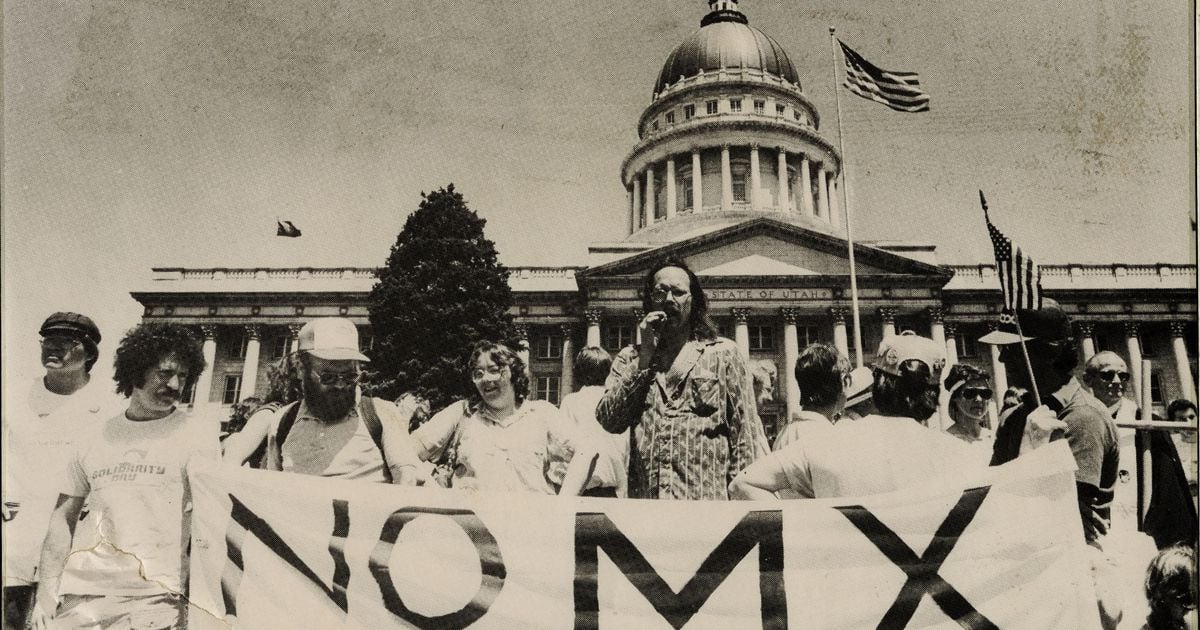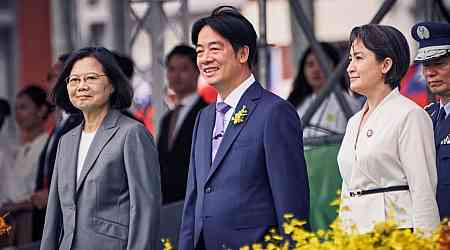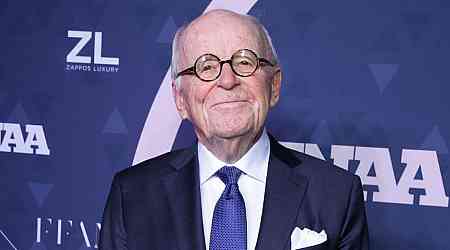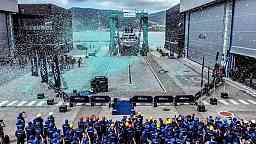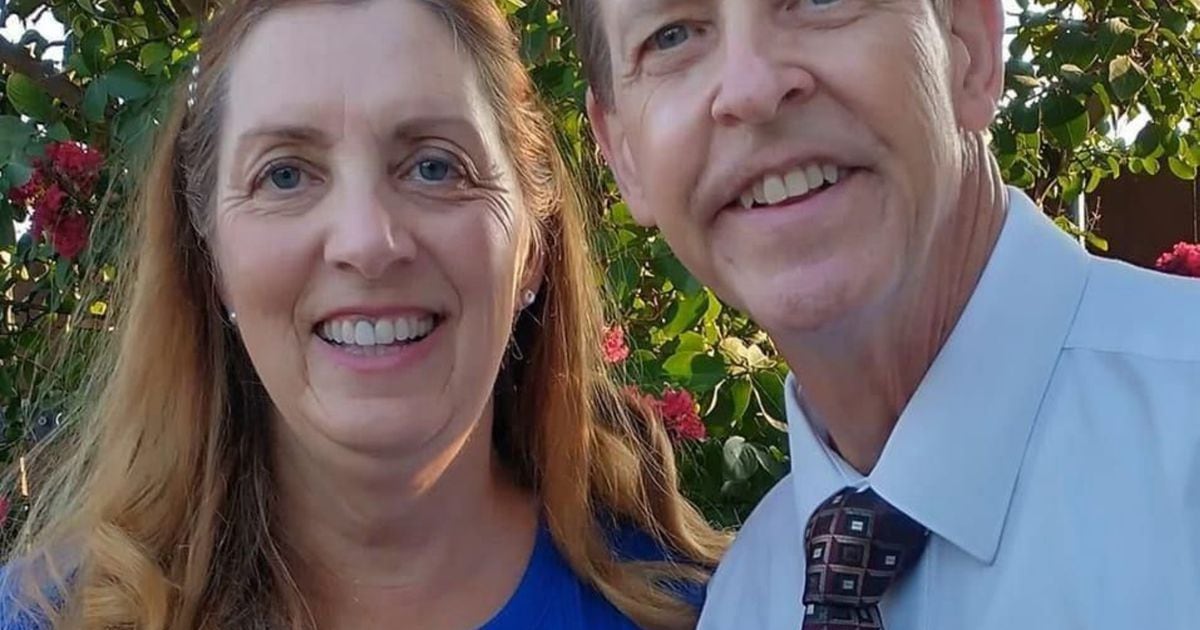The Mormon Land newsletter is The Salt Lake Tribune’s weekly highlight reel of news in and about The Church of Jesus Christ of Latter-day Saints. Join us on Patreon and receive the full newsletter, podcast transcripts and access to all of our religion content — for as little as $3 a month.
Xing out the MX
Amid the current shouts of protests, pleas for peace and demands to demilitarize, it may be instructive to look back at a time top church leaders helped stop a weapons program in its tracks.
Forty-three years ago this week, the Utah-based faith blasted controversial U.S. plans to base the MX nuclear missile system in the Beehive State’s West Desert.
In a pointed and poignant 700-word statement issued May 5, 1981, the governing First Presidency decried the arms buildup, the destabilizing nature of the proposed MX deployment, and the impact the weapons could have on the environment, the economy and all of humanity.
“By way of general observation, we repeat our warnings against the terrifying arms race in which the nations of the Earth are presently engaged,” then-church President Spencer W. Kimball and his counselors wrote. “We deplore in particular the building of vast arsenals of nuclear weaponry.”
The church leaders feared the MX — labeled a Peacekeeper and one of the most lethal nuclear weapons in history — would become a peace breaker, noting that “men have seldom created armaments that eventually were not put to use.”
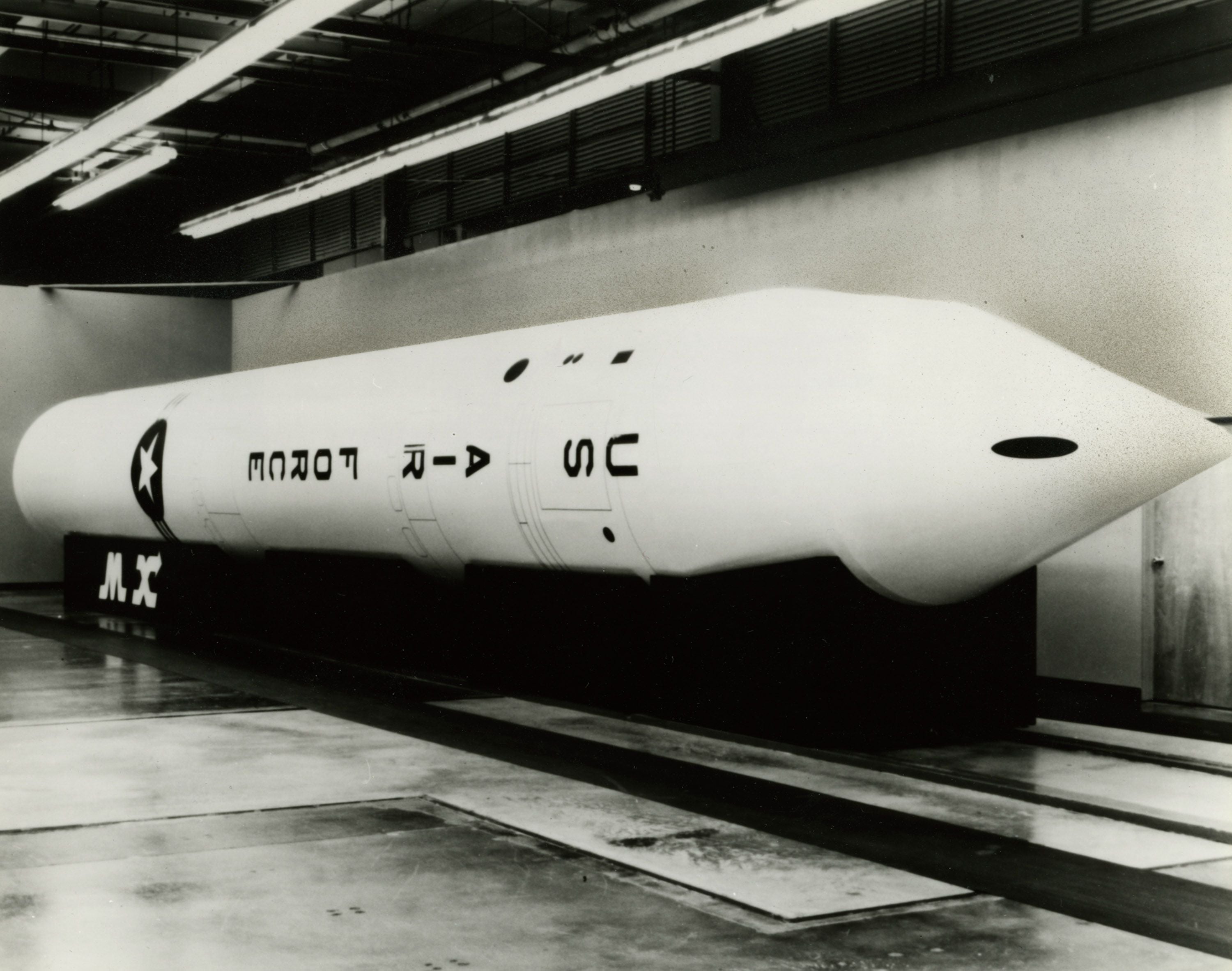
“Our fathers came to this Western area to establish a base from which to carry the gospel of peace to the peoples of the Earth,” they added. “It is ironic, and a denial of the very essence of that gospel, that in this same general area there should be constructed a mammoth weapons system potentially capable of destroying much of civilization.”
The church’s forceful opposition helped turn the tide of public opinion in Utah against the Cold War-era proposal, and the U.S. eventually abandoned the MX.
In the early days of the latest Israel-Hamas war, today’s First Presidency, led by President Russell Nelson, lamented the bloodshed, saying such violence “is abhorrent to us and is not in harmony with the gospel of Jesus Christ, which is a gospel of peace.”
The leaders’ 83-word statement made no mention of either side in the conflict, adding that their “hearts ache for all victims.”
The lack of specifics mirrored a similar release the church issued in the immediate aftermath of Russia’s invasion of Ukraine in 2022.
The church has issued no statements on the demonstrations now breaking out at college campuses across the U.S.
The latest ‘Mormon Land’ podcast: More on motherhood
Religious scholar Caroline Kline, assistant director of the Center for Global Mormon Studies at Southern California’s Claremont Graduate University, discusses Relief Society General President Camille Johnson’s recent speech — and the ensuing fallout — in which the church leader called on Latter-day Saint women to put motherhood first.
Listen to the podcast.
Better growth news in the U.S.
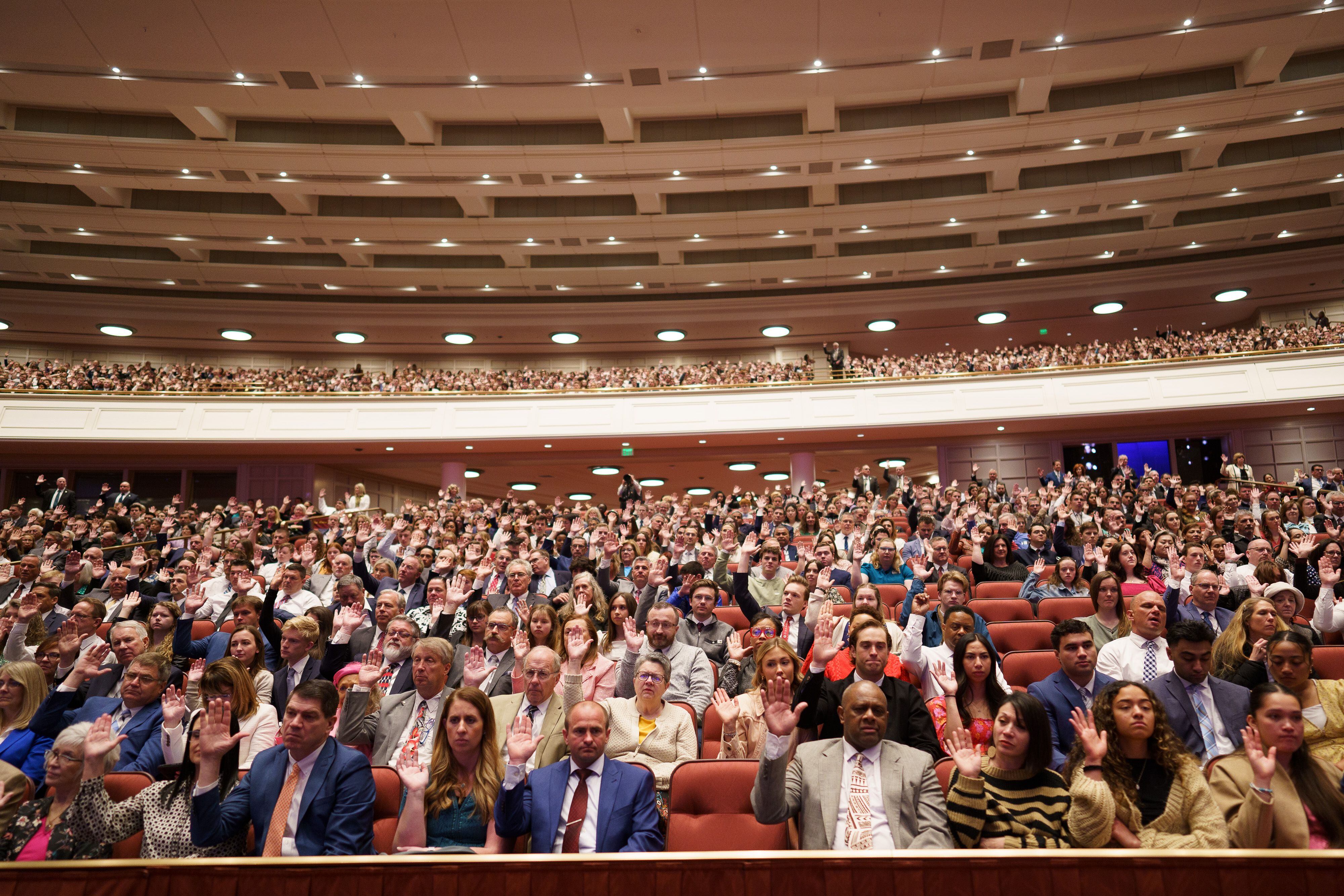
Three years ago — amid the peak of the COVID-19 pandemic — 21 U.S. states (plus the District of Columbia) saw their Latter-day Saint membership numbers shrink over a two-year period. In 2022, eight states suffered a net decrease on church rolls.
Well, that slump appears to be slowing. In the latest available figures, for 2023, five states experienced drop-offs — and the dips were much smaller.
New Hampshire (down 4.92%) was the biggest percentage loser followed by Wyoming (off 0.16%), Vermont (minus 0.15%), California (down 0.05%) and Oregon (off 0.02%).
On the positive side, Rhode Island was the largest gainer (up 10.23%) followed by South Carolina (plus 3.57%), Arkansas (up 3.46%), New York (plus 3.24%) and Missouri (up 3.18%).
Utah, home to the faith’s headquarters and the most Latter-day Saints of any state, saw its membership grow by 0.78% (the 38th highest nationally) to 2,190,610.
“Membership growth rates in Utah continue to be near historic lows,” independent researcher Matt Martinich noted at ldschurchgrowth.blogspot.com. “... California continued to report a net decline in membership (which has occurred year over year since 2014), although this was near zero for the first time in many years.”
From The Tribune
• When the church — and its Ensign Peak Advisors investment arm — paid $5 million last year to settle a federal investigation of past stock dealings, it declared “this matter closed.” Not so fast. An independent watchdog group alleges further financial reporting violations.
• Echoing a sentiment expressed by President Dallin Oaks a year ago, Relief Society General President Camille Johnson took center stage at Brigham Young University and urged Latter-day Saint women to prioritize marriage and children. Thousands of women responded on social media.
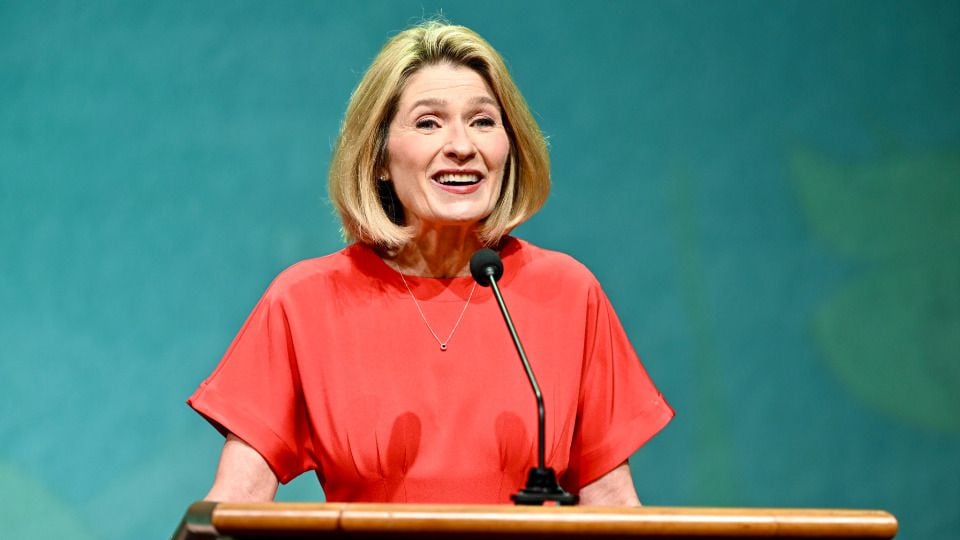
• Tribune guest columnist Eli McCann reflects on the first time he took his future husband to Salt Lake City’s Temple Square.


















